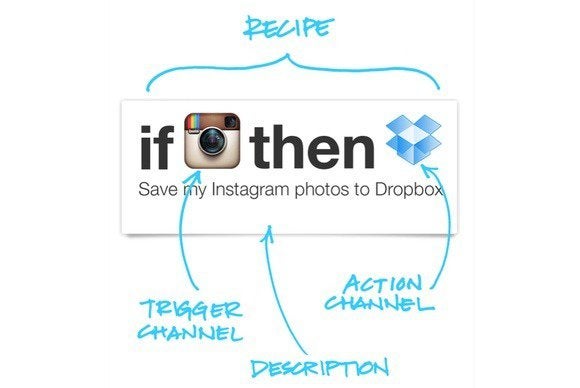The Huffington Post recently
published their list of the 10
Best Smartphones currently available. It’s not a hugely surprising list,
but it makes for interesting reading:
- 1. Apple iPhone 6/6Plus
- 2. Samsung Galaxy S6 Edge
- 3. HTC One M9
- 4. Sony Xperia z3
- 5. Huawei P8
- 6. Google Nexus 6
- 7. LG G3
- 8. Motorola Moto X2
- 9. Samsung Galaxy Note 4
- 10. Nokia Lumia 930
It is obviously the iPhone 6 and
the Galaxy S6 which have had the most press, but the HTC and the Huawei in particular
are stand out phones which show promise for the future of the companies. It is
worth noting that there is only one Windows phone on the list, but we fully
expect that to change over the next five years, with the upcoming introduction
of the multi-platform Windows 10.
Reading this list, though, got us
all thinking about our favourite phones that we’ve had over the years. There
were some favourites that we all had in common, and many of them are on the
list of the all-time
bestselling mobiles:
- 1. 20. Nokia 2650, 2004, 35 million units
- 2. Apple iPhone 3GS, 2009, 35+ million units
- 3. Samsung Galaxy SII, 2011, ~40 million units
- 4. Samsung Galaxy SIII, 2012, ~40 million units
- 5. Nokia 6230, 2004, 50 million units
- 6. Nokia 3100, 2003, 50+ million units
- 7. Motorola StarTAC, 1996, 60 million units
- 8. Motorola C200, 2003, ~60 million units
- 9. Apple iPhone 4S, 2011, 60+ million units
- 10. Nokia 5130, 2007, 65 million units
- 11. Nokia 6010, 2004, 75 million units
- 12. Nokia 1208, 2007, 100 million units
- 13. Nokia 1600, 2006, 130 million units
- 14. Motorola RAZR V3, 2004, 130+ million units
- 15. Nokia 2600, 2004, 135 million units
- 16. Nokia 3310, 2000, 136 million units
- 17. Nokia 5230, 2010, 150 million units
- 18. Nokia 1200, 2007, ~150 million units
- 19. Nokia 3210, 1999, 160 million units
- 20. Nokia 1110, 2005, 250 million units
Both the Motorola RAZR and the
Nokia 3210 appeared on our favourites list – especially for those in the office
in their mid-thirties! But there’s a few of us who definitely had a soft spot
for the Sony Ericsson T610, and the W200i. The T610 was one of the first
mobiles to have a quality in-built camera; even if it was just 0.1MP. And the
W200i featured the Walkman tie-in, allowing users to play MP3, AMR, MIDI, and
WAV files (amongst others).
The one thing that we all
remembered, was playing Snake. Either on our own Nokia 3210 (remember the
battery life on that thing?!), or borrowed from a friend. So imagine the
elation when the Fivebars office
discovered that you can download the Snake ’97 app for both Android
and iOS.
We pride ourselves on providing
the best mobile phone deals for our business customers, but there is a little
pang of regret that we can’t sell you one of our favourite late 90s, or early
2000s phones.










